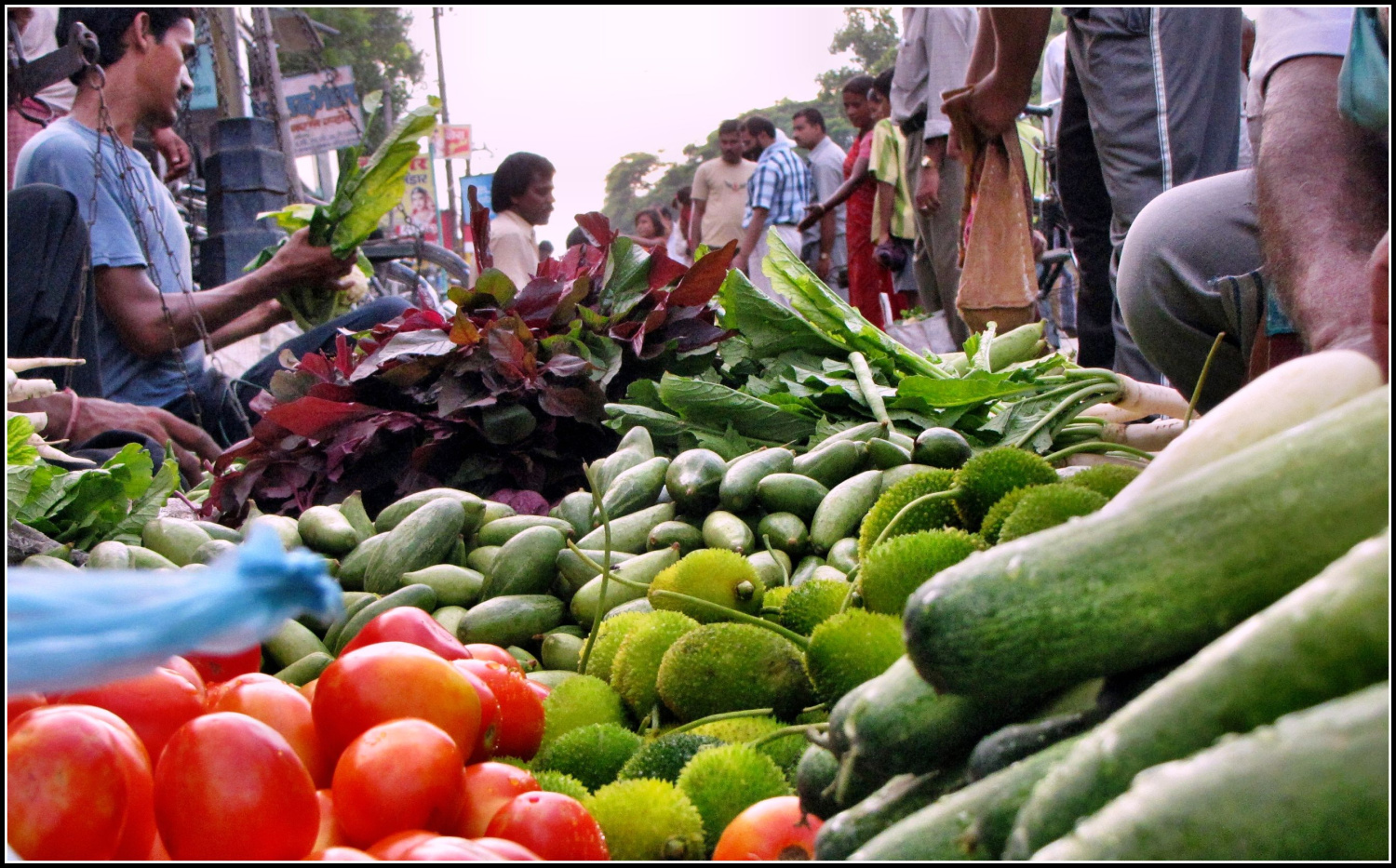
(Photo : Wikimedia commons)
India's Retail Inflation Surges to 6.21% Amid Rising Vegetable Prices
India's retail inflation, as measured by the Consumer Price Index (CPI), has seen a significant increase, rising to 6.21% in October from 5.49% in September. This surge is primarily attributed to the escalating prices of food items, particularly vegetables. The late withdrawal of the monsoon this year has led to crop damage and a consequent reduction in market supply, causing vegetable prices to spike by a staggering 42.18% in October.
The Ministry of Statistics, in its official statement, noted a significant decline in inflation for pulses and products, eggs, sugar and confectionery, and spices subgroup in October. However, the high food inflation during the month was primarily due to the increased inflation of vegetables, fruits, and oils and fats. The prices of edible oils saw a 9.51% increase during the month, while the overall food price index rose by 10.87%.
The housing inflation rate for October stood at 2.81%, a slight increase from the 2.72% recorded in September. It's important to note that the housing index is compiled for the urban sector only. The All India Electricity index and inflation for October were 162.5 and 5.45%, respectively, showing a marginal increase from the September figures of 162.4 and 5.39%.
RBI's Stance Amid Rising Inflation
This is the first time that the rate of retail inflation has crossed the Reserve Bank of India's (RBI) upper limit of 6%. The RBI has been waiting for the retail inflation to come down to 4% before it can consider an interest rate cut to stimulate growth. However, the RBI Governor, Shaktikanta Das, clarified that a change in stance doesn't necessarily mean an immediate rate cut. He emphasized that there were still significant upside risks to inflation and that a rate cut at this stage would be very risky.
The RBI, in its monetary policy review, kept interest rates unchanged for the 10th straight meeting but switched its monetary policy stance to 'neutral' from 'withdrawal of accommodation.' This change has led to speculation about a potential interest rate cut in the future.
Inflation rates for rural and urban areas were recorded at 6.68% and 5.62%, respectively. The August retail inflation, at 3.65%, was the second-lowest in the last five years, and since then, it has been on an upward trajectory.
RBI's Approach to Monetary Policy and Liquidity Management
The RBI Governor also highlighted the robust recovery in car sales during October as a positive sign, although he admitted that sales of fast-moving consumer goods in urban areas remained subdued. He further stated that the non-bank financial companies (NBFCs) were in a robust state of health and that regulatory action had been taken only in the case of four entities while there were about 9,400 NBFCs in the country.
The RBI is not in a hurry to launch the Central Bank Digital Currency (CBDC) as the pilot project is still in an experimental stage. The RBI is still on the learning curve as far as the digital currency is concerned, according to Das.
In a historical context, the RBI has always been cautious about managing inflation and has often prioritized domestic indicators over mirroring the actions of other central banks. The central bank has also been proactive in managing liquidity and has used tools like Open Market Operations (OMO) sales of government securities to manage liquidity consistent with the stance of monetary policy. The timing and quantum of such operations depend on prevailing liquidity conditions.
In conclusion, the recent surge in India's retail inflation has raised concerns about the country's economic stability. However, the RBI remains committed to managing inflation and supporting growth, indicating a cautious yet proactive approach towards monetary policy. The central bank's stance, coupled with the government's efforts to manage supply-side factors, will be crucial in determining the future trajectory of inflation in the country. The RBI's approach to monetary policy and liquidity management, as well as its stance on digital currency, will continue to shape the economic landscape in the coming months.









